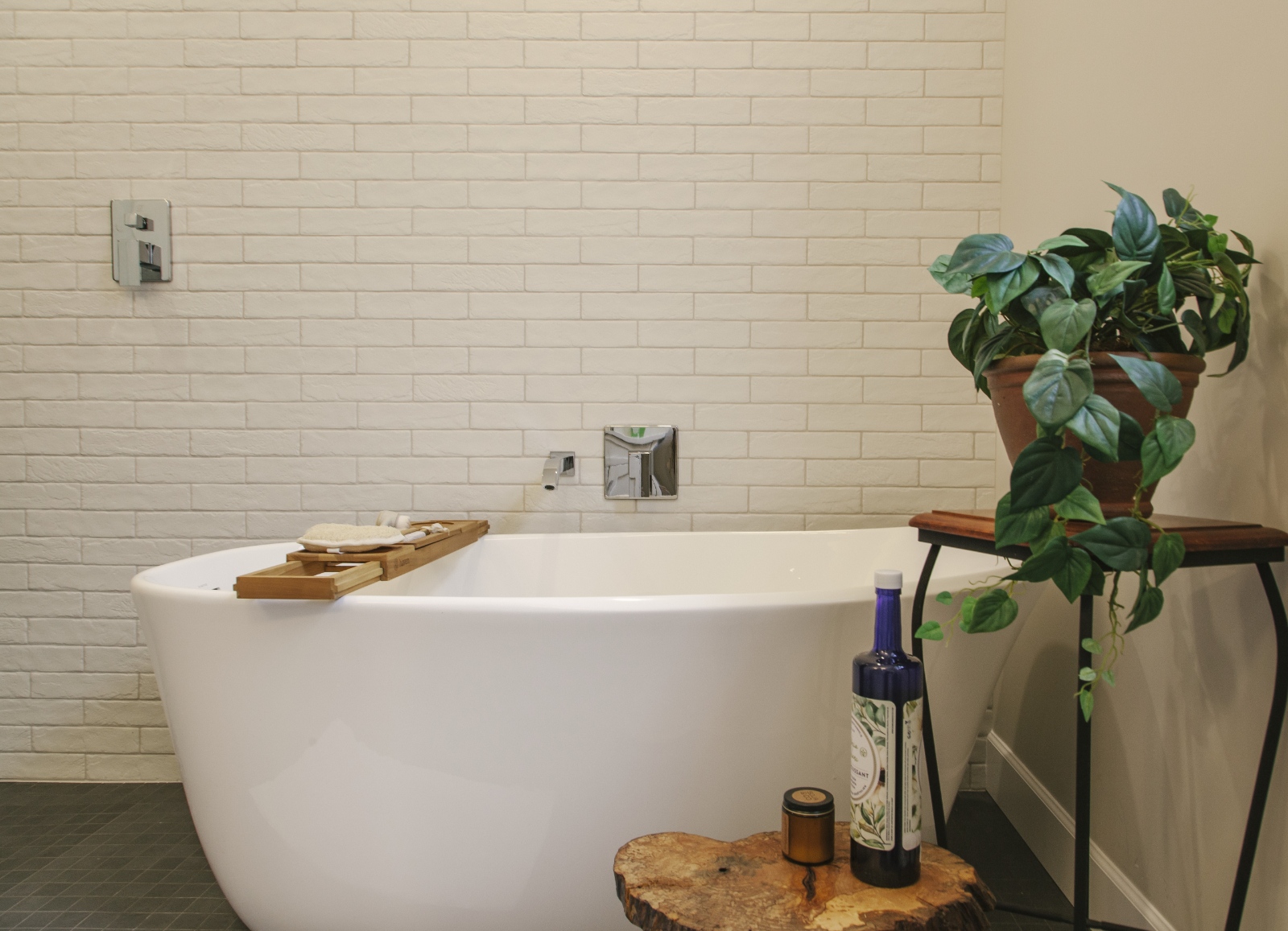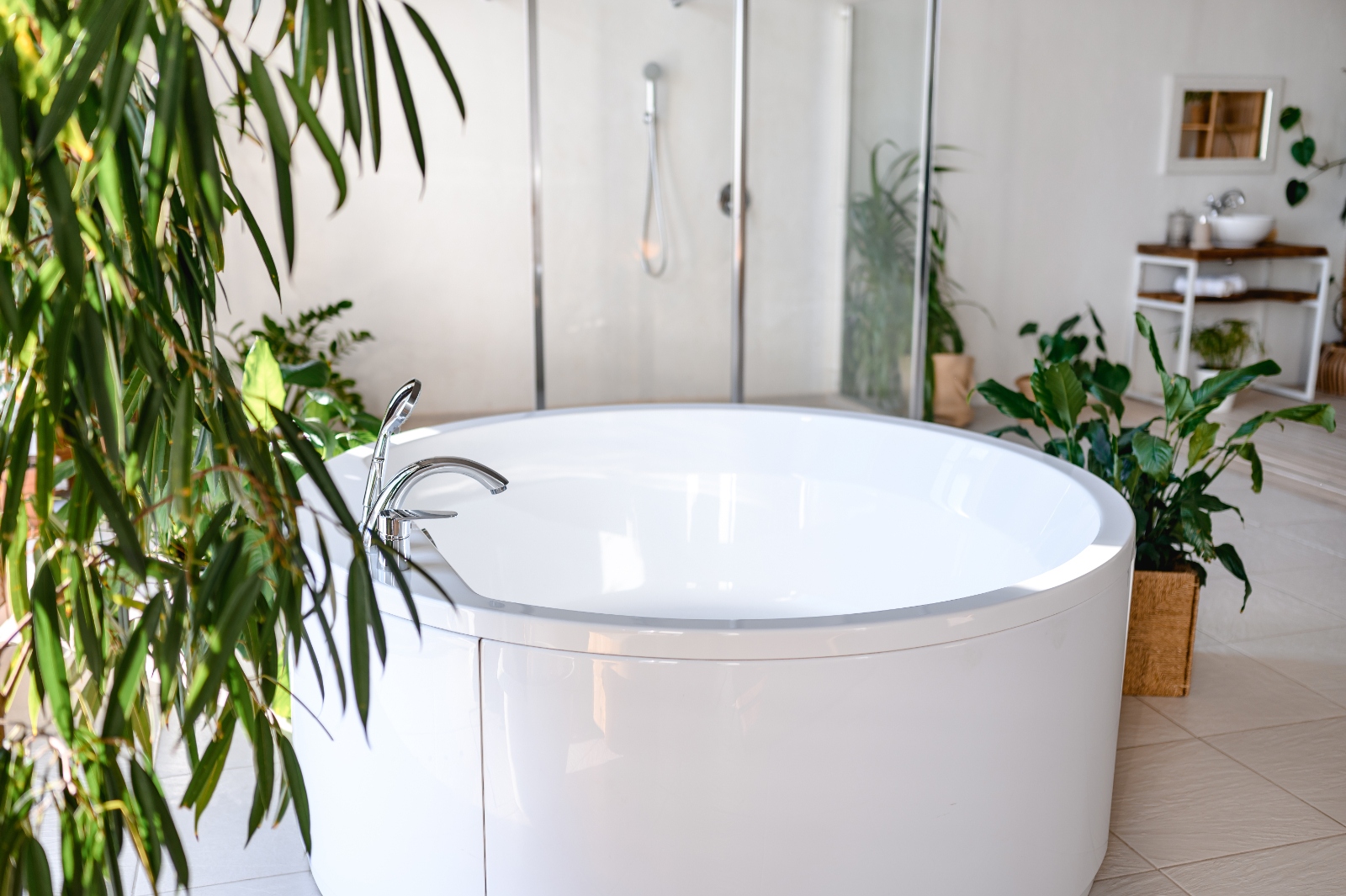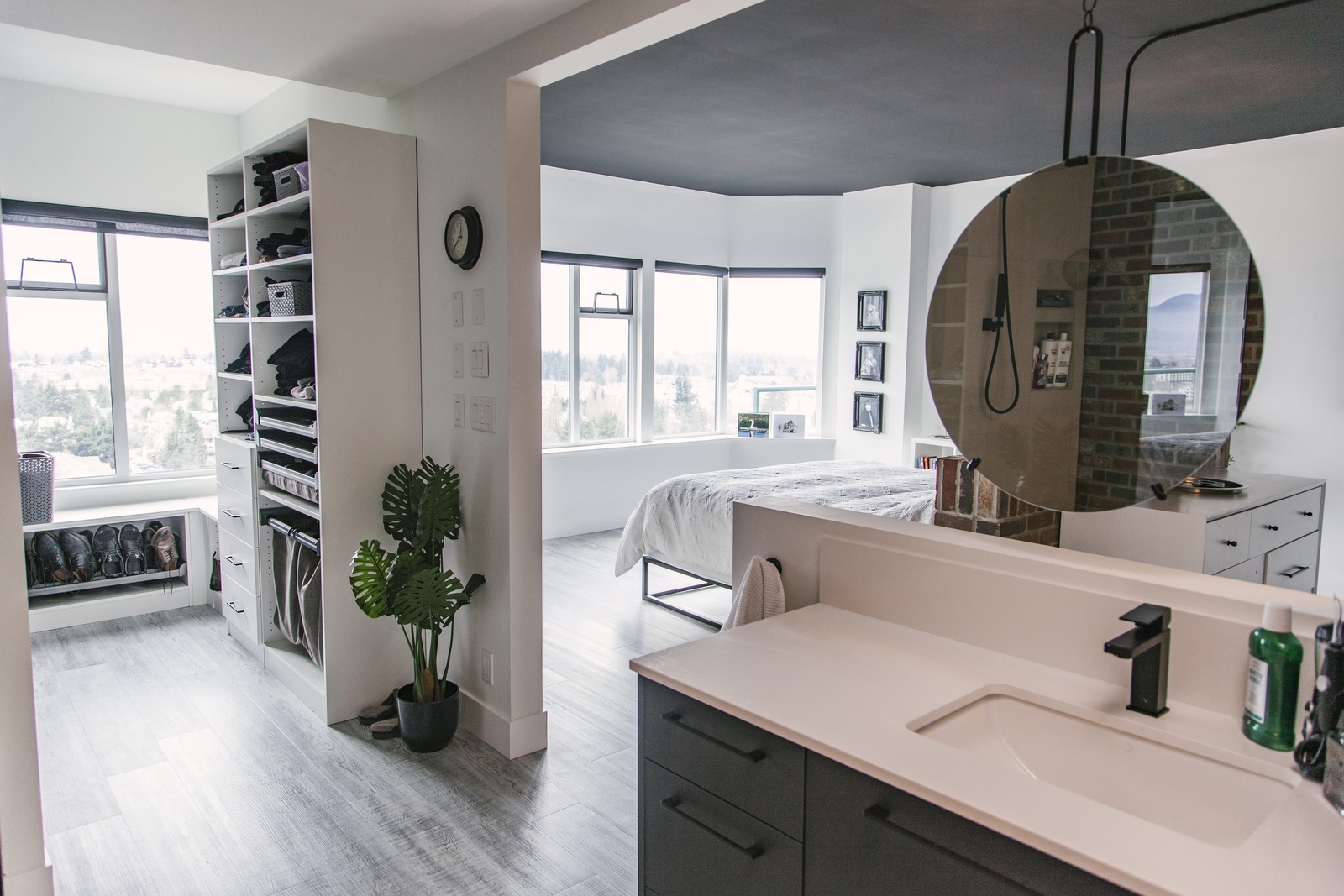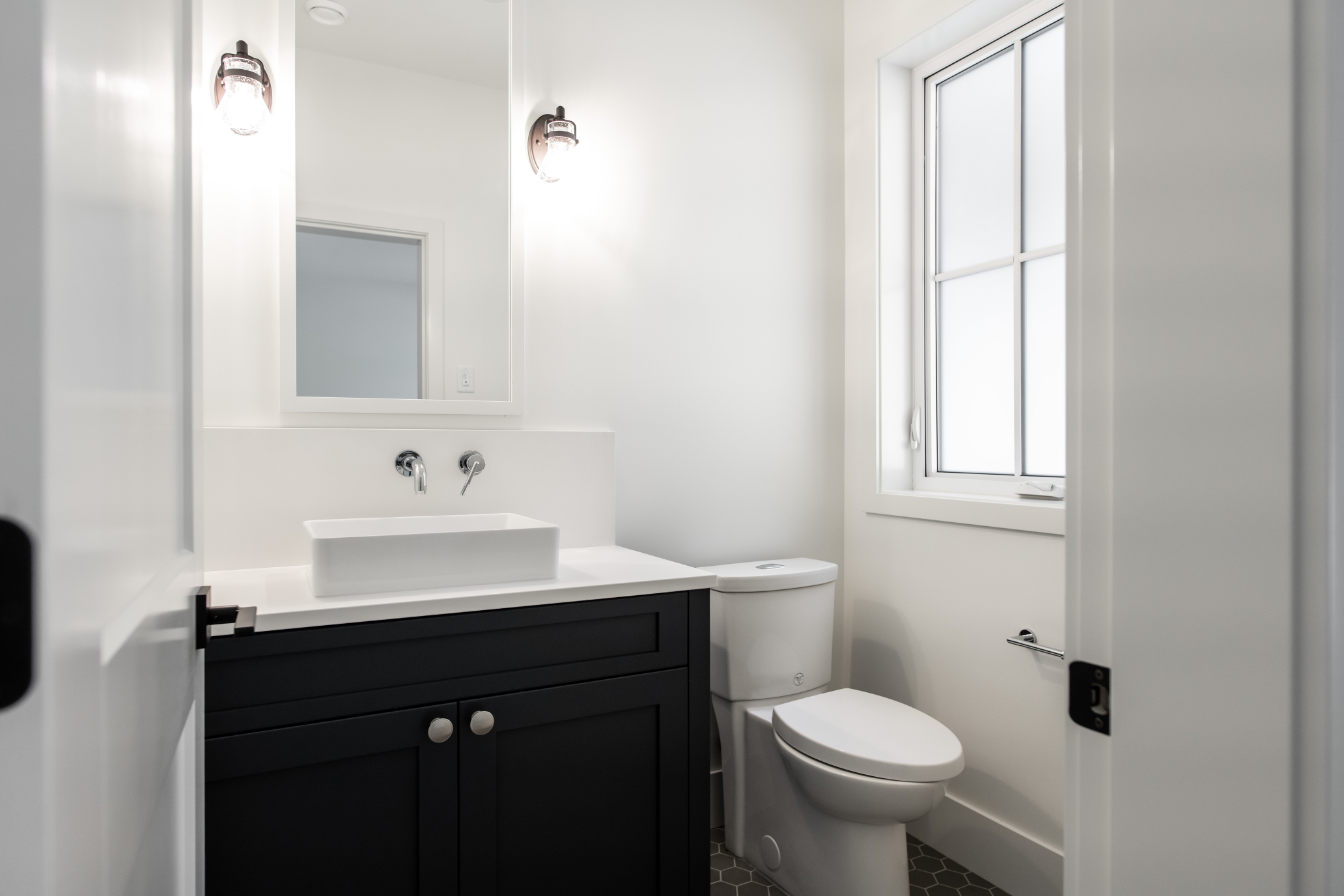Vinyl flooring has come a long way since the dull, monotonous linoleum of the past. Today, vinyl floors offer durable, stylish and affordable options that look like real hardwood, tile or stone. But, like any flooring option, vinyl flooring has its pros and cons. Before you buy, it’s essential to understand the different types of vinyl flooring, installation methods, maintenance procedures and cost factors. In this guide, we will cover everything you need to know to choose the perfect vinyl flooring for your home.
What is Vinyl Flooring?
Vinyl flooring is a synthetic flooring material made from PVC (polyvinyl chloride) resin, plasticizers and other additives. It has become popular among homeowners due to its durability, versatility and affordability.
Vinyl flooring comes in two main types: sheet vinyl and luxury vinyl flooring (LVF). Sheet vinyl is a large roll of vinyl that is cut to fit the dimensions of a room, while LVF comes in planks or tiles that mimic the look of hardwood, tile or stone.
Sheet vinyl is a budget-friendly option that offers a wide range of designs and colors, making it a suitable choice for any room in the house. LVF, on the other hand, is a more expensive option that offers a more realistic look and durability, making it a popular choice for high-traffic areas in the house.
The pros of vinyl flooring include its affordability, durability and versatility. It is easy to install, requires minimal maintenance and is available in a wide range of designs and colors. However, it has a shorter lifespan compared to other flooring options and some lower-quality vinyl flooring options can emit harmful chemicals.
Types of Vinyl Flooring
There are several types of vinyl flooring to choose from, each with its unique features and benefits.
Plank Vinyl Flooring – Plank vinyl flooring is a popular type of vinyl flooring that mimics the look of hardwood planks. It comes in various widths and lengths, making it easy to customize to fit any room size.
Tile Vinyl Flooring – Tile vinyl flooring mimics the look of traditional ceramic tiles and comes in various sizes and shapes, including hexagons, squares and rectangles.
Sheet Vinyl Flooring – Sheet vinyl flooring comes in large rolls of 6 to 12 feet wide and can be cut to custom fit any room. It is the easiest type of vinyl flooring to install and is suitable for budget-conscious homeowners.
WPC Vinyl Flooring – WPC (wood-plastic composite) vinyl flooring is a waterproof type of vinyl flooring that is more stable and rigid than traditional vinyl flooring. It is perfect for homeowners who want the look of hardwood in moisture-prone areas such as bathrooms and kitchens.
SPC Vinyl Flooring – SPC (stone-plastic composite) vinyl flooring is a sturdier type of vinyl flooring that mimics the look of stone flooring. It is suitable for high-traffic areas of the house due to its durability and sturdiness.
The best type of vinyl flooring for your home depends on several factors, including the room’s size, the amount of traffic it receives and your budget.
Installation
Before installing vinyl flooring, you need to consider several factors, including the condition of the subfloor, the type of vinyl flooring you choose and the tools and materials needed.
Surface preparation is crucial when installing vinyl flooring. The subfloor must be clean, level and free of any debris before installation.
Floor Leveling- If the subfloor has any imperfections or unevenness, It needs levelling before installing vinyl flooring. This will ensure that the flooring is even and free of any bumps or bulges.
Moisture Testing – Before installing vinyl flooring, you must test for moisture in the subfloor. Moisture can damage vinyl flooring and cause mold and mildew growth.
There are three main types of vinyl flooring installation methods: glue-down, interlocking and loose-lay installation. Each method has its unique benefits and drawbacks. While it is possible to install vinyl flooring yourself, it is recommended to hire a professional installer for larger or more complex projects.
Glue-Down Installation – Glue-down installation involves using adhesive to secure the flooring to the subfloor. This installation method provides the most permanent and stable results.
Interlocking Installation – Interlocking installation involves laying down individual planks or tiles, which fit together like a puzzle. This method is easier to install than glue-down installation and more affordable.
Loose-Lay Installation – Loose-lay installation involves laying down individual planks or tiles without using adhesive, allowing for easy replacement and repair.
Maintaining and Cleaning Vinyl Flooring
Vinyl flooring is low maintenance and requires minimal cleaning. Regular sweeping and mopping with a mild detergent solution will keep your vinyl flooring looking clean and new.
Common Causes of Vinyl Flooring Damage and How to Prevent or Fix It
Several factors can cause damage to vinyl flooring, including excessive moisture, scratches and dents. Taking preventative measures and promptly fixing any damage can extend the life of your vinyl flooring.
Cost, Sustainability and Lifespan
Vinyl flooring is available at different price points, ranging from budget-friendly options to high-end luxury vinyl flooring. The cost of vinyl flooring depends on several factors, including the type of vinyl, installation method and location.
Vinyl flooring is a cost-effective flooring option compared to other flooring types such as hardwood and tile. It is more affordable, requires less maintenance and has a longer lifespan. The lifespan of vinyl flooring depends on several factors, including the quality and thickness of the vinyl, the installation method and the amount of traffic the flooring receives. On average, vinyl flooring can last anywhere from 10 to 20 years with proper care and maintenance.
Design and Style Options
Vinyl flooring offers a wide range of design and style options to fit any home decor. It comes in a wide range of colors, patterns, and textures, making it a suitable choice for any room in the house. From neutral tones to bold colors and patterns, vinyl flooring can complement any home decor. One has the option of choosing from different Vinyl Flooring Textures such as Embossed, Hand-scraped or Smooth. The texture of vinyl flooring can add an extra layer of depth and character to your home decor.
Conclusion
Consider all factors before making your purchase. Choosing the right vinyl flooring for your home requires considering several factors, including the type of vinyl, installation method, maintenance requirements and design options. Vinyl flooring offers a range of features and benefits, including durability, versatility, and affordability. Whether you’re looking for sheet vinyl or luxury vinyl flooring, the right choice for you depends on your budget, style preferences and lifestyle.
FAQS
Q: Is vinyl flooring waterproof?
A: Some vinyl floorings options, such as WPC and SPC vinyl flooring are waterproof making them perfect for moisture-prone areas of the house.
Q: How long does vinyl flooring last?
A: The lifespan of vinyl flooring depends on several factors, including the quality of the vinyl, the installation method and the amount of traffic it receives. On average, vinyl flooring can last anywhere from 10 to 20 years.
Q: Can vinyl flooring be installed over existing flooring?
A: Under the right conditions, vinyl flooring can be installed over existing flooring, such as tile or hardwood. However, it is always best to consult with a professional installer before installing vinyl flooring over existing flooring.






